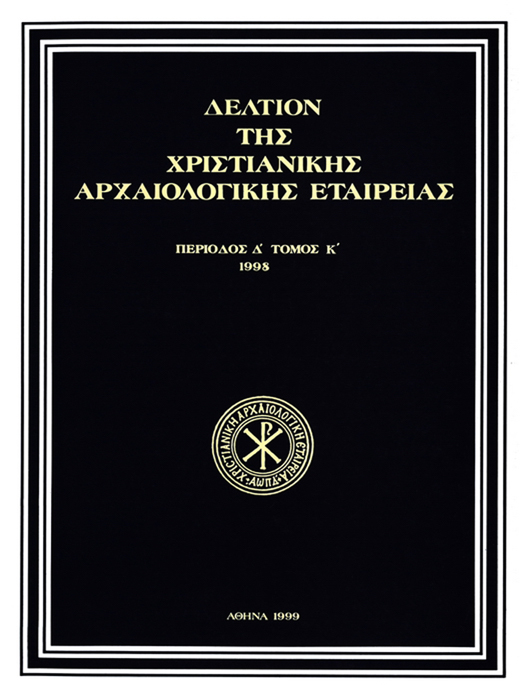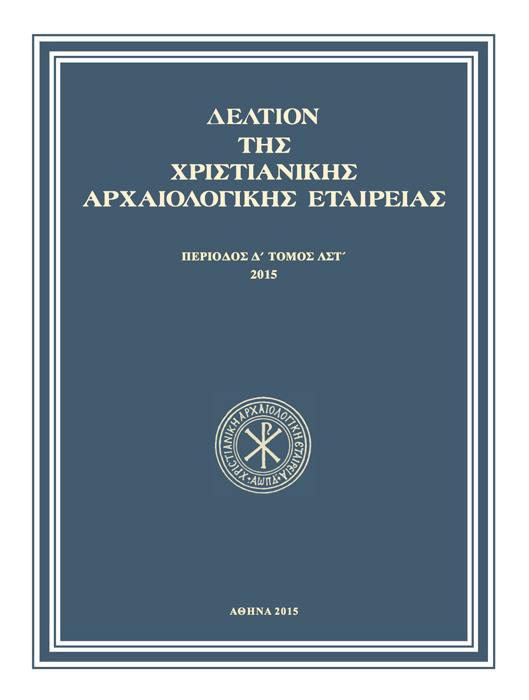The church of Haios Georgios in Domenikon, Elasson

Abstract
During restoration and excavation campaigns conducted by the 7th Ephorate of Byzantine Antiquities in the years 1995-1997, new evidence was revealed about the construction history of the church of Hagios Georgios in Domenikon. Construction, stylistic, and stratigraphic data indicate that the church was originally built on the ruins of a Late Roman temple in the late 10th or early 11th century as an Episcopal cathedral, equipped with synthronon, ciborium, and ambo. In the second half of the 13th century, probably at the expense of the Sebastokrator of Thessaly Johannes Angelos Komnenos Dukas, the narthex was expanded to the west in order to become a lite, since the church was converted to a monastery katholikon. Much later, the roofs of the church were remodeled to assume the unified form they have today, and the interior walls received new painted decoration dated by inscriptions to 1611 and 1615. During the 18th century the northern wall and part of the eastern wall of the diakonikon were rebuilt.
Article Details
- How to Cite
-
ΒΟΓΙΑΤΖΗΣ Σ., & ΣΥΘΙΑΚΑΚΗ-ΚΡΙΤΣΙΜΑΛΛΗ Β. (2016). The church of Haios Georgios in Domenikon, Elasson. Deltion of the Christian Archaeological Society, 35, 19–42. https://doi.org/10.12681/dchae.1748
- Section
- Articles

This work is licensed under a Creative Commons Attribution-NonCommercial-ShareAlike 4.0 International License.
The copyright for articles in the journal Deltion of the Christian Archaeological Society (henceforth Deltion) is retained by the author(s), with first publication rights granted to the journal and to EIE/ EKT the right to store and communicate these articles to the public via its information infrastructures. By virtue of their appearance in this journal, articles are free to use with proper attribution for non-commercial uses under a ShareAlike obligation. The Christian Archaeological Society and EIE/EKT retain the worldwide right to reproduce, display, distribute, and use articles published in the Deltion in all formats and media, either separately or as part of collective works for the full term of copyright. This includes but is not limited to the right to publish articles in an issue of the Journal, copy and distribute individual reprints of the articles, authorize reproduction of articles in their entirety in another publication of the Christian Archaeological Society, and authorize reproduction and distribution of articles or abstracts thereof by means of computerized retrieval systems.












